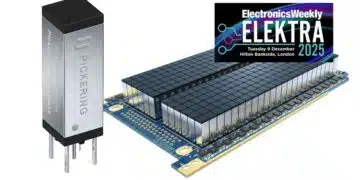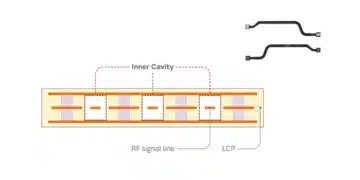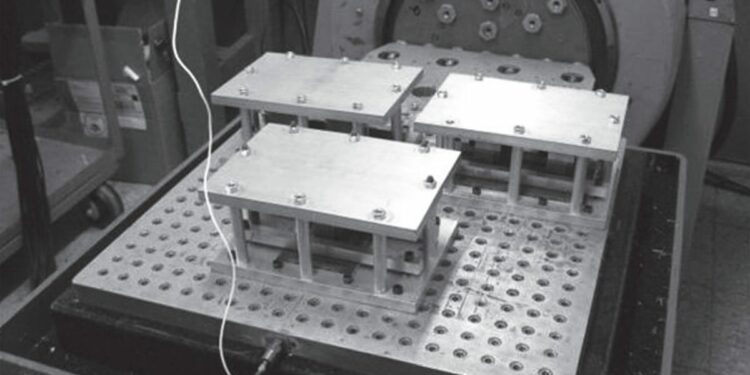The purpose of connector testing is to evaluate the performance of a connector in its intended application. Three questions must be answered in order to meet that objective:
• What are the application requirements/conditions?
• What are the connector requirements?
• What are the performance criteria to meet those requirements?
Application Requirements
The connector application environment must be defined in terms of parameters such as the operating temperature range; the severity of the environment with respect to connector degradation mechanisms such as corrosion and mechanical disturbances; and special conditions such as water immersion and high altitude. Other application requirements include the current and voltage, and safety and standards requirements.
Connector Requirements
Connector requirements include, as a minimum, requirements on contact resistance magnitude and stability, current and voltage, mating and durability and environmental stability (thermal, mechanical and chemical).
Performance Requirements
Performance requirements are obviously application dependent. Consider connector resistance as an example. An industrial application with current requirements of the order of amperes may require an overall connector resistance of several to a few tens of milliohms with a contact resistance stability of the order of ten milliohms. A power application, tens to hundreds of amperes, in contrast, will require an overall connector resistance below a milliohm with a contact resistance stability of a milliohm or less.
Once answers, or, at least, guidelines, for these questions are in hand a testing program can be developed. But first, let’s provide some definitions.
































